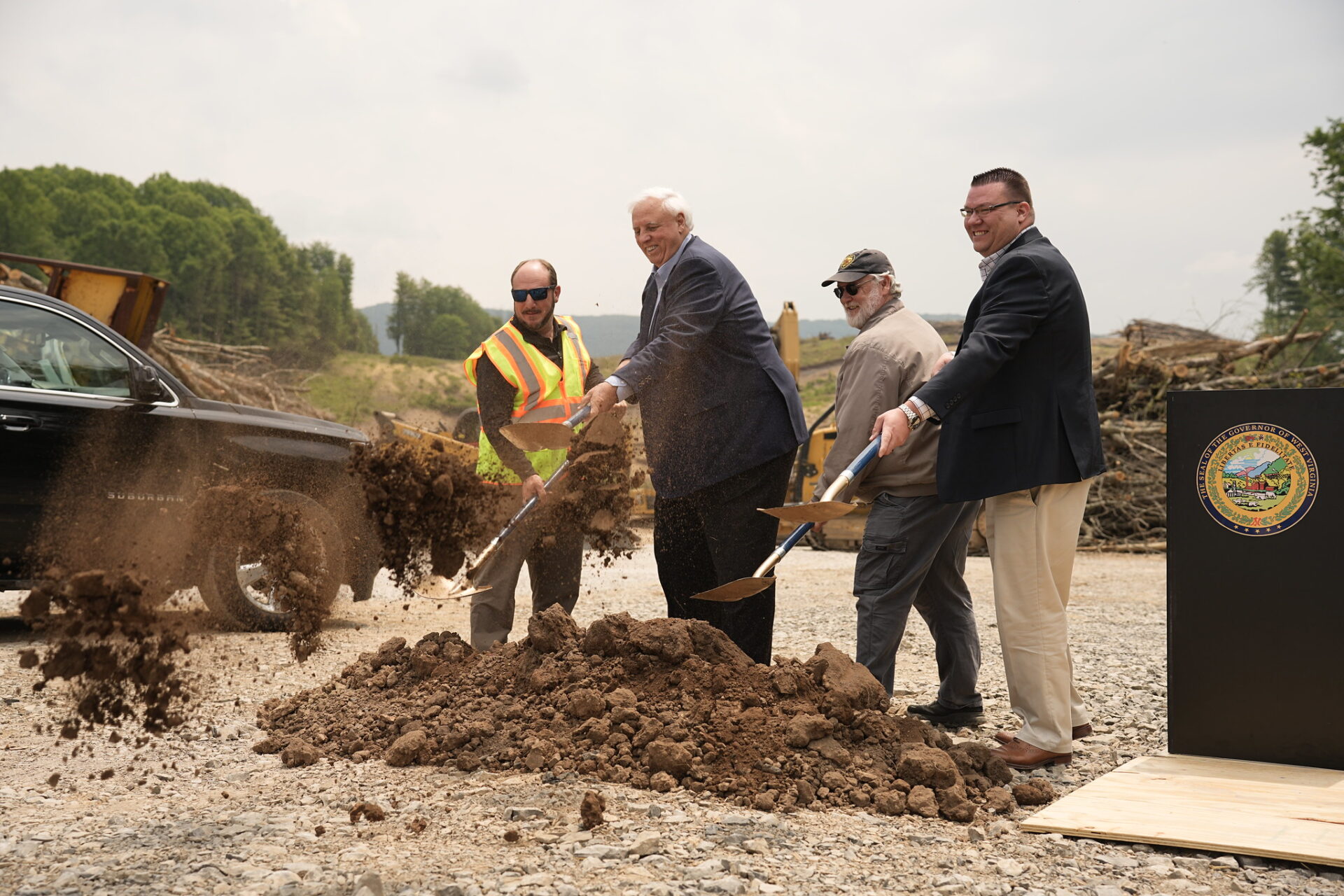U.S. Sen. Shelley Moore Capito, the senior Republican on the Senate Environment and Public Works Committee, asked Federal Highway Administrator Shailen Bhatt why his agency reclassified Corridor H from Wardensville to the Virginia state line as a major project.
Capito said the change may have delayed the project a year.
The threshold for a major project is $500 million, and the segment in question is budgeted at $475 million. Bhatt explained that other costs, including utility relocation and property acquisition, pushed the project over the threshold.
He also told Capito in a hearing Wednesday that the updated status meant the agency could provide additional assistance to the state to complete it.
“So I have directed our division staff to make sure they are providing every possible piece of assistance to West Virginia on this project,” Bhatt said.
Corridor H is a top priority for state officials. It’s been under construction for decades, and while it’s nearly complete in West Virginia, Virginia still has not committed to build its share of the road.
Capito said she hoped building to the state line would push Virginia officials to get started.
“If we get to the Virginia line, we’re hoping that the Virginians then will take it over to (Interstate) 81 so we can have a full shot into the center of the state,” she said.
